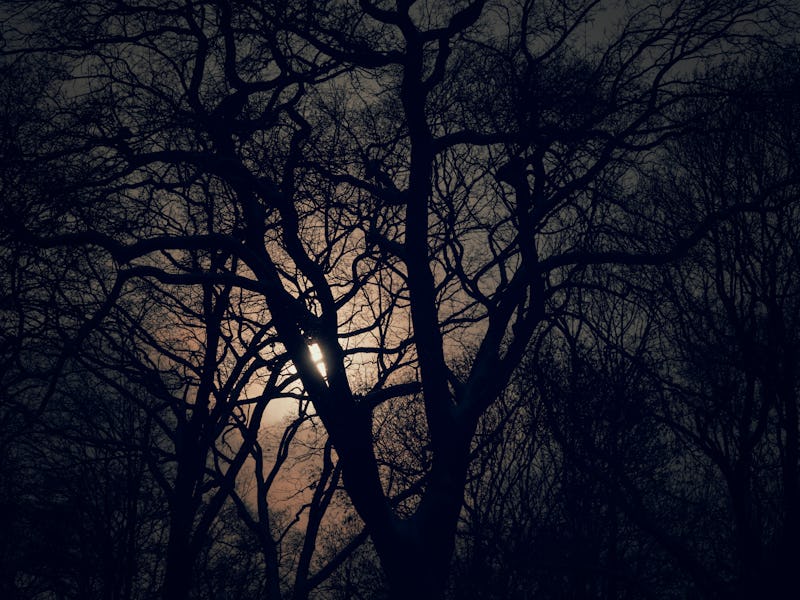Cold Moon: You need to see the last Full Moon of the year this week
Named for the season's weather, the Cold Moon will herald the arrival of winter.

The last Full Moon of the year is upon us, and you can get a remarkable view of it, but you might want to bundle up first.
December’s Full Moon is called the Cold Moon in a nod to the winter season taking over much of the United States. The Moon may be called a different name, however, depending on where you live and the culture you belong to.
The Full Moon reaches its peak on December 7, marking the last time we will see a Full Moon in 2022. There will not be quite enough days left in 2022 to bring in a 13th Full Moon before the end of the Gregorian Calendar year.
WHAT IS THE COLD MOON?
Many Moon names from Native American tribes were reprinted in a publication we today call the Old Farmer’s Almanac, back in the 1930s, according to NASA. The December Full Moon is quite obviously called the Cold Moon due to how long and cold the nights are at this time of year, and other tribal names reflect similar reflections: the Frost Moon and the Winter Moon.
European settlers in the United States may have called the December Full Moon either the Oak Moon, or the Moon before Yule. Yule is an archaic term for Christmas. Some scholars associate Christmas with the winter solstice, too, which falls this year on December 21 — also the first day of winter. Your region or culture, however, may have different names for the Full Moon.
The Full Moon phases are a consequence of the Moon’s orbital particulars with regards to the Sun and Earth.
HOW TO SEE THE DECEMBER 2022 FULL MOON
This month’s Full Moon will reach its peak brightness at 11:08 p.m. Eastern on December 7, which means that for people in eastern North America you’ll get to enjoy the exactly Full Moon when it is high in the sky. That sight alone will be worth going outside in the cold.
If you’re busy or clouded out, however, you can also see a nearly Full Moon on December 6 or December 8. There won’t be very much difference and you can still use your eyes, binoculars or a small telescope to look at the shapes on the surface.
HOW MUCH BRIGHTER IS THE MOON DURING A FULL MOON?
Every 27 days, we see a Full Moon in our sky. A Full Moon happens when the Moon and the Sun are exactly opposite to each other, with Earth in between. Occasionally, the Moon (as it orbits Earth) may fall into our planet’s shadow, producing a lunar eclipse, but that won’t happen this month.
Full Moons are on average at magnitude -12.92 and six times brighter than the Half Moon. December’s Full Moon will easily outshine any natural object in the night sky and will even give street lights and light pollution a run for their money. By comparison, bright stars only get as bright as nearly -2 and the dimmest stars most people can see, in dark skies, are about magnitude 6.
WHEN IS THE NEXT FULL MOON?
December’s Full Moon won’t give quite enough time for another 27 days to come around in the Gregorian Calendar year of 2022 that most global regions follow. So this 12th Full Moon will be the last one of the year. Next year, however, we’ll be able to squeeze in 13 Full Moons.
The next Full Moon will be at its brightest at 6:09 p.m. Eastern on Friday, January 6, 2023. January’s Full Moon is called the Wolf Moon.